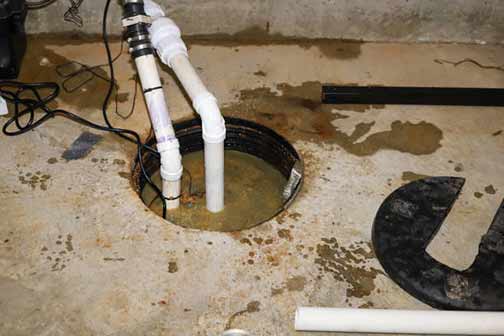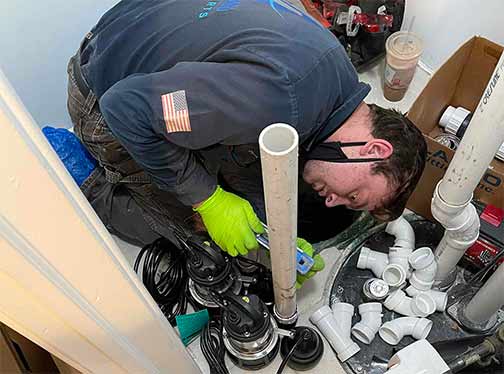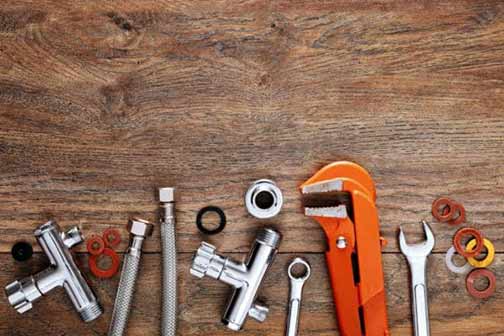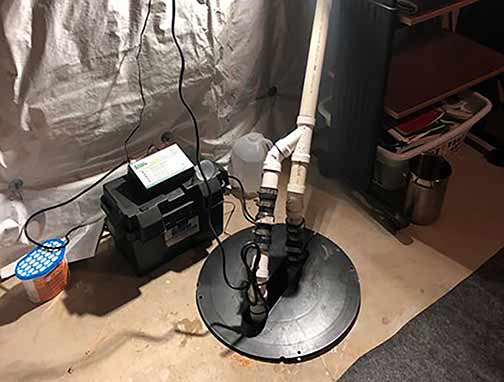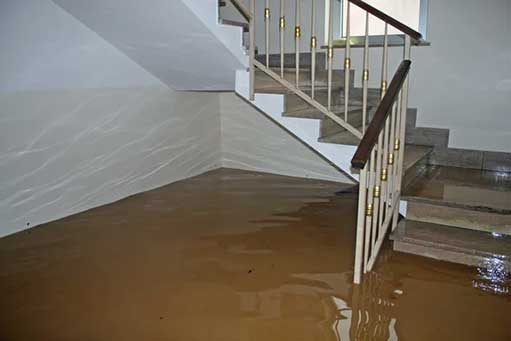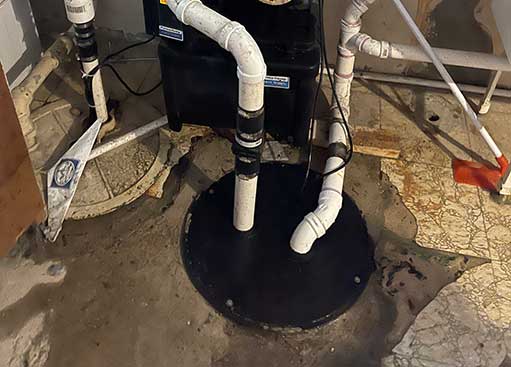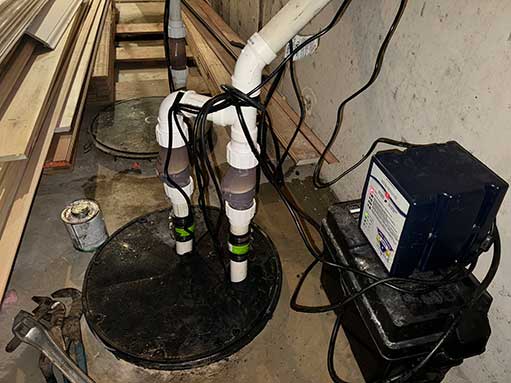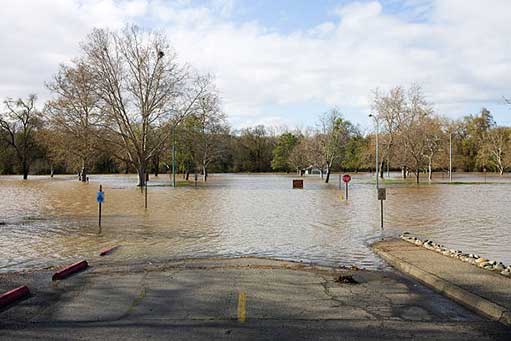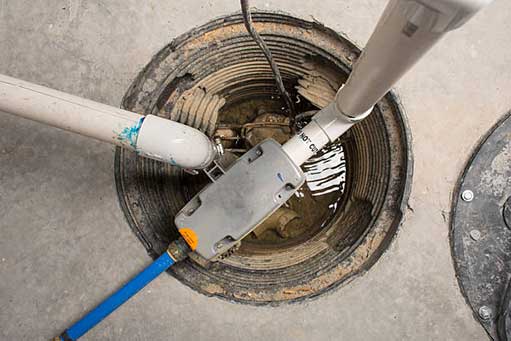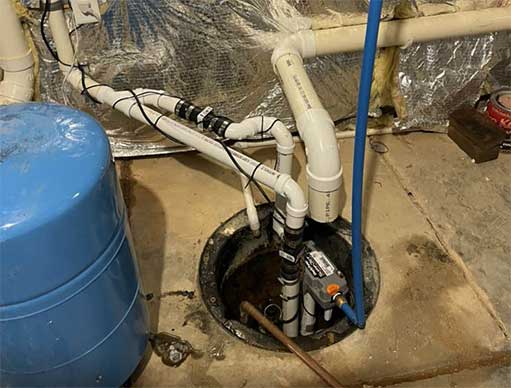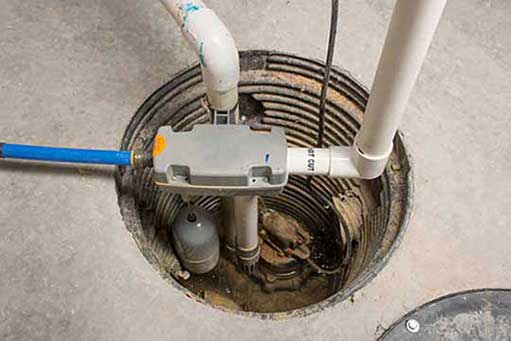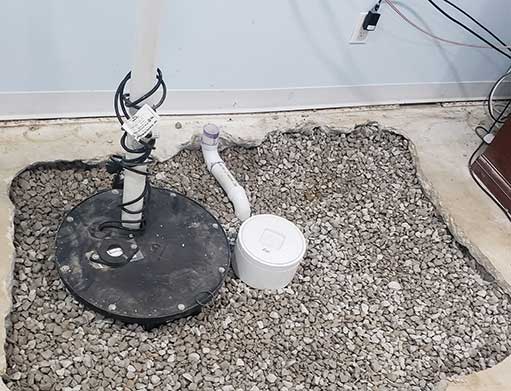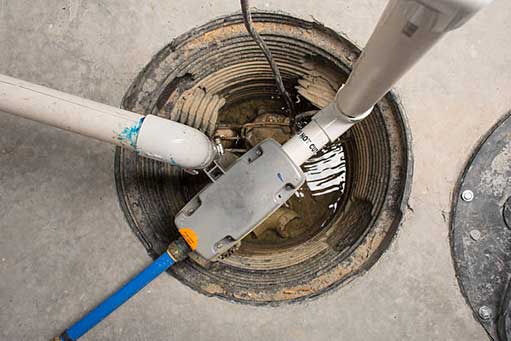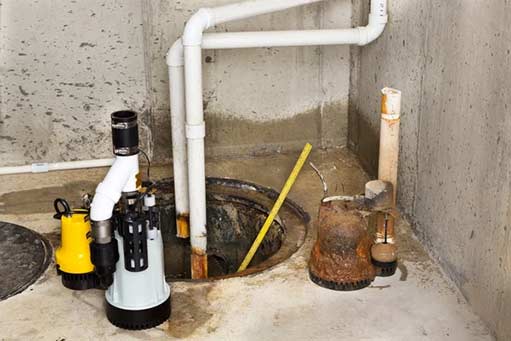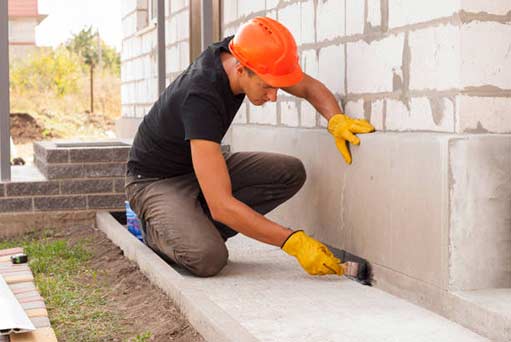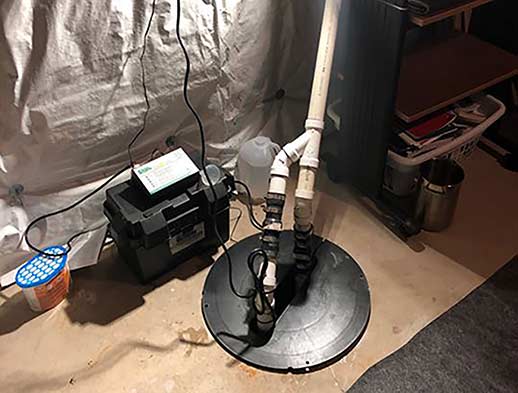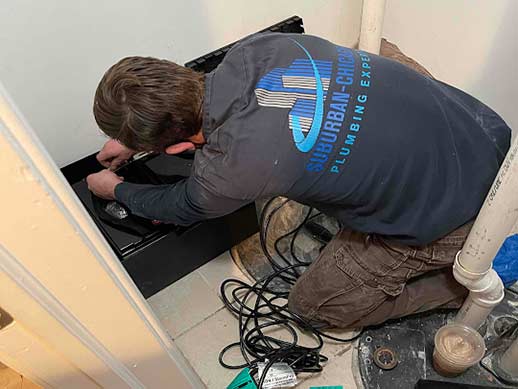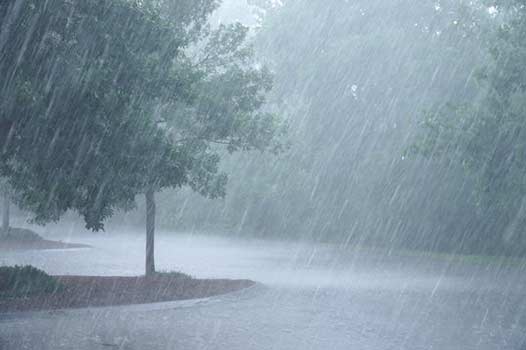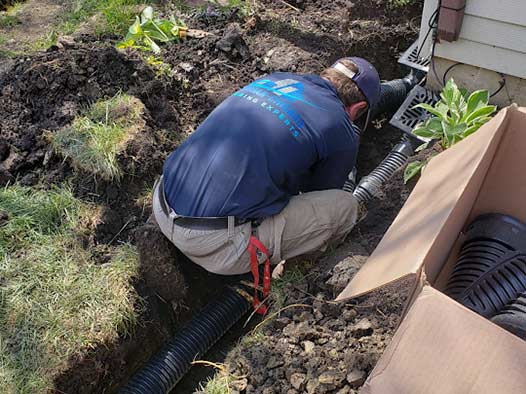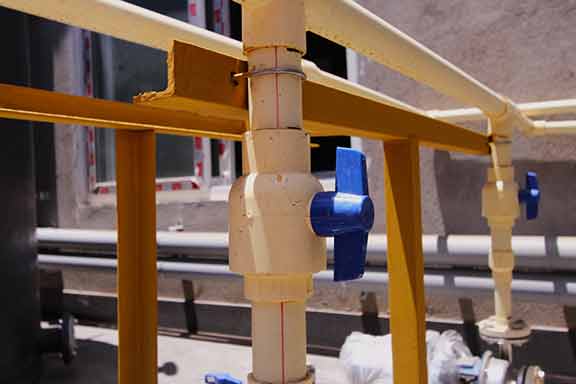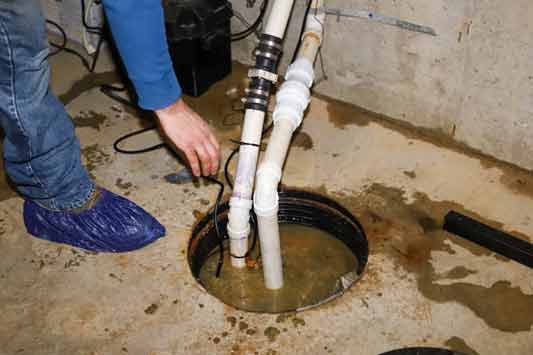Living in Chicago, you know that the weather can be unpredictable, especially when it comes to heavy rainfall. The last thing you want is water seeping into your basement and causing costly damage. That’s why it’s essential to have a sump pump in your home. Here we will explore why you need a sump pump in your Chicago home and how it can help protect your property.
The Importance of a Sump Pump
- Prevents Basement Flooding: Perhaps the most significant benefit of having a sump pump is that it helps prevent basement flooding. The pump is installed in a pit, known as a sump pit, in your basement. When water collects in the pit, the sump pump automatically activates and pumps the water out of your home, keeping it dry and free from potential water damage.
- Minimizes Water Damage: Excess water in your basement can lead to various types of damage, including structural damage, mold growth, and damage to your personal belongings. By quickly removing the water from your home, a sump pump can help minimize these risks and protect your property.
- Reduces the Risk of Foundation Problems: Excessive water around your foundation can lead to serious issues, such as cracks, shifting, and even foundation failure. By keeping your basement dry, a sump pump helps maintain the stability of your foundation, preventing costly repairs in the long run.
Understanding Chicago’s Weather Challenges
Living in Chicago means experiencing a wide range of weather conditions, from scorching summer heat to freezing winter temperatures. The city is also no stranger to heavy rainfall and occasional flooding. Due to its proximity to Lake Michigan, Chicago is prone to severe storms and flash flooding.
During heavy rainstorms, the city’s older sewer systems can become overwhelmed, leading to water backups and basement flooding. With a sump pump, you can ensure that any excess water is swiftly removed from your basement, providing you with peace of mind during these extreme weather events.
Choosing the Right Sump Pump
When it comes to selecting a sump pump for your Chicago home, there are a few factors to consider:
- Capacity: The pump’s capacity, also known as its horsepower, determines how much water it can pump out in a given time. For areas with high water tables or frequent heavy rainfall, it’s crucial to choose a sump pump with a higher capacity.
- Battery Backup: Power outages often accompany severe weather events. Having a sump pump with a battery backup ensures that it will continue operating even during a power failure, providing continuous protection for your home.
- Quality and Reliability: Investing in a high-quality sump pump from a reputable brand is essential. You want a pump that will last for years to come and effectively do its job when needed most.
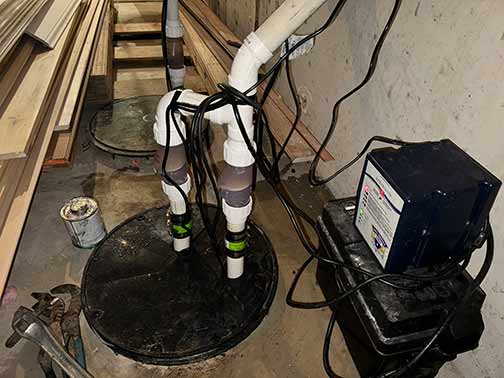
Professional installation not only saves you time and effort but also guarantees that your sump pump will function optimally in case of a flood. Don’t take any chances when it comes to protecting your home from water damage; trust the experts.
Professional Sump Pump Installation
While some homeowners attempt to install a sump pump themselves, it’s highly recommended to hire a professional for proper installation. A professional will assess your basement’s unique needs, determine the best location for the sump pit, and ensure that the pump is installed correctly.
Professional installation not only saves you time and effort but also guarantees that your sump pump will function optimally in case of a flood. Don’t take any chances when it comes to protecting your home from water damage; trust the experts.
Maintaining Your Sump Pump
To ensure that your sump pump operates effectively, regular maintenance is essential. Here are some tips to keep your sump pump in top condition:
- Test the Pump: Periodically test your sump pump by pouring water into the pit. Observe if it activates and pumps the water out correctly.
- Clear Debris: Keep the sump pit and the pump inlet free from any debris or blockages that could impede the pump’s operation.
- Check the Discharge Pipe: Ensure that the discharge pipe is clear and directs water away from your foundation. A clogged or misaligned pipe can lead to water pooling around your home.
- Replace Backup Batteries: If your sump pump has a battery backup, replace the batteries as recommended by the manufacturer to ensure it functions during a power outage.
In conclusion, a sump pump is a vital addition to any Chicago home. With the city’s unpredictable weather and the risk of basement flooding, investing in a sump pump can protect your property from costly water damage, foundation issues, and mold growth. Make sure to choose the right sump pump for your needs and have it professionally installed. Don’t forget to perform regular maintenance to keep your sump pump running smoothly. With a reliable sump pump in place, you can have peace of mind knowing that your home is safeguarded against excess water and potential disasters.
—
Looking to have a sump pump installed in your Chicago home? We can help! Contact us below:
